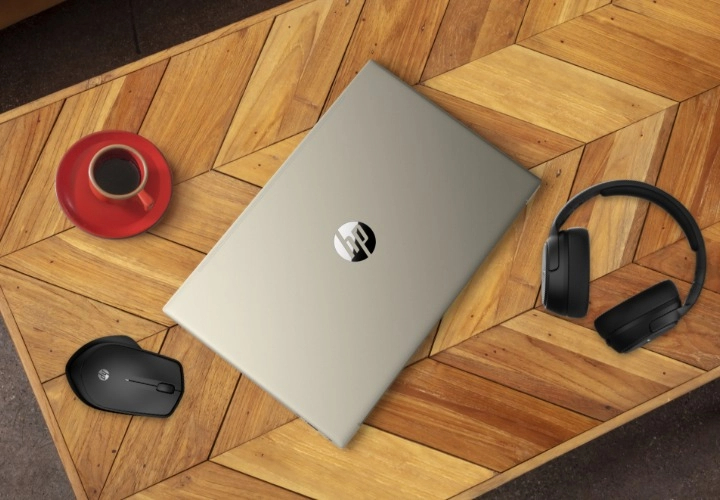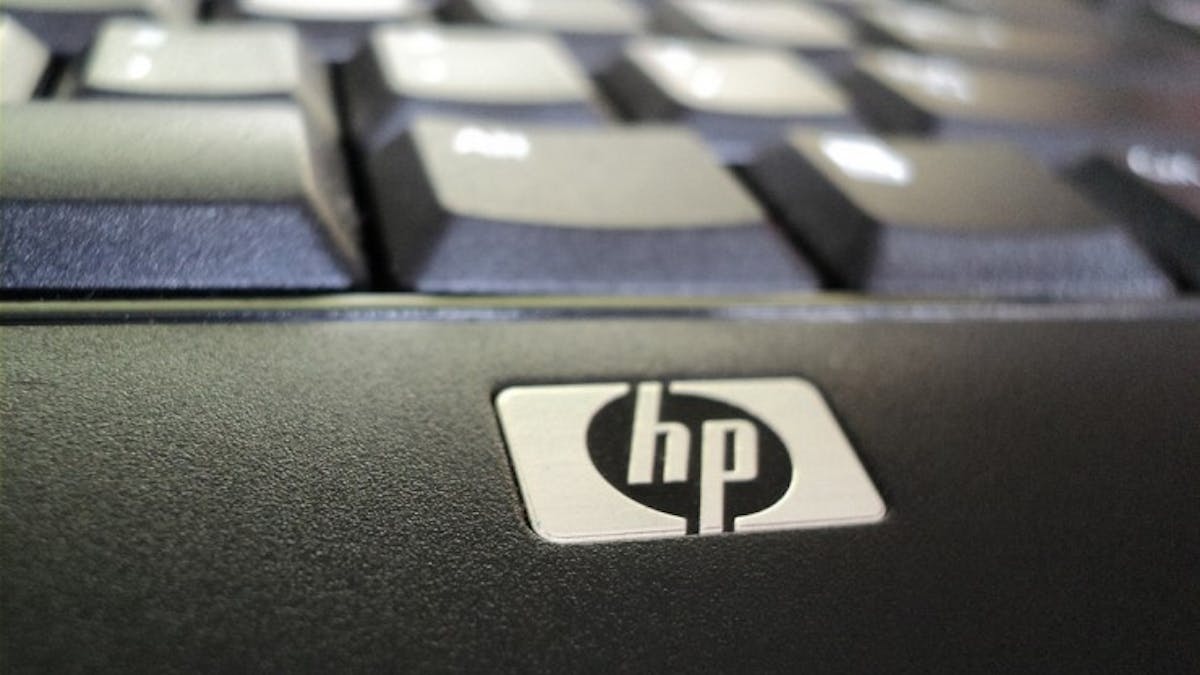Encountering an issue where your HP laptop won’t turn on can be frustrating, hindering your productivity and throwing a wrench in your day-to-day activities. This situation can be caused by a variety of factors, ranging from simple power supply problems to more complex hardware failures. This guide will provide you with a step-by-step approach to diagnose the problem, implement solutions, and get your laptop up and running again.
Assessing the Power Supply and Battery
The most common reason for an HP laptop not turning on is related to power supply and battery issues. Here’s how to determine if the problem lies with the battery or power adapter.
Checking the Power Adapter
First, ensure that the power adapter is properly connected to your laptop and the electrical outlet. Check for any signs of damage on the cables or connectors. If available, try using a different power adapter that is compatible with your HP laptop. If the laptop powers on with a different adapter, then the original adapter may need to be replaced.
Evaluating the Battery
If the adapter seems to be working fine, the issue might be with the battery. Remove the battery if it’s detachable and try powering on the laptop with only the adapter connected. If the laptop turns on, the battery might be the culprit and could need replacing. For non-removable batteries, you will need to proceed with other troubleshooting steps before considering a battery issue.

Troubleshooting the Hardware Components
If the power supply isn’t the issue, hardware components may be at fault. Here’s how to troubleshoot potential hardware problems.
Performing a Hard Reset
Sometimes, residual electrical charge can prevent the laptop from turning on. To perform a hard reset, disconnect the power adapter and remove the battery if possible. Press and hold the power button for 15 seconds to drain any residual power. Reconnect the power adapter (and the battery if it was removed) and attempt to turn on the laptop.
Inspecting for Hardware Failures
If a hard reset doesn’t work, there may be a hardware failure such as a faulty motherboard, memory (RAM), or storage drive. If you’re comfortable, you can try reseating the RAM and checking for any noticeable issues on the motherboard like burnt components. However, for most users, this step means it’s time to consult a professional technician to examine the laptop.

Exploring Software and Firmware Issues
At times, software or firmware issues may cause the laptop not to turn on. Here are some steps you can take to address these problems.
Checking for Display Issues
It’s possible that your laptop is turning on, but the display is not working. Check for any signs of life, such as LED lights on the laptop, fan noise, or any other sounds that indicate the laptop is operational. Try connecting an external monitor to determine if the issue is with the laptop’s screen.
Restoring the BIOS to Default Settings
A corrupted BIOS can prevent your laptop from starting. To reset the BIOS, turn on the laptop and immediately press the key to enter the BIOS setup (usually F10 or Esc). Once in the BIOS setup, find the option to reset to default settings, usually labeled as “Restore Defaults” or “Load Setup Defaults,” then save and exit. If you can’t access the BIOS, the motherboard or its firmware may be damaged, and professional help is needed.

Seeking Professional Support and Repair
If the above steps don’t resolve the issue, it may be time to seek professional support and repair.
Leveraging HP’s Customer Support
HP provides customer support that can guide you through additional troubleshooting steps. Contact HP support or visit their website to find more information or to arrange for repair services.
Considering Repair or Replacement Services
If the laptop is still under warranty, arranging for a repair with HP is usually the best option. If the warranty has expired, you might need to visit a certified repair center or consider whether it makes sense to repair the laptop or replace it entirely, depending on the cost and age of the device.

Exploring Alternative Power Sources
If a laptop isn’t turning on, it could sometimes be due to issues with the primary power source. If you’ve ruled out the immediate power adapter and battery as culprits, consider other power-related factors. For instance, check different electrical outlets to ensure that the issue isn’t with the power source that you’re using. If you’re using a power strip, try plugging the adapter directly into the wall, or test the power strip with another device to ensure it’s functioning correctly. Additionally, if you’re frequently on the go, consider purchasing a reliable portable laptop charger or a power bank compatible with your HP laptop, as these can serve as excellent backups in power emergencies.
Minimizing Startup Load and Enhancing Performance
Once your HP laptop is turning on as expected, optimizing the startup process can contribute to better overall performance and reduce future startup issues. Systematically remove unnecessary programs from the startup sequence using the Task Manager’s Startup tab in Windows. This can reduce boot times and free up resources. Keep your hard drive decluttered using built-in cleanup utilities such as Disk Cleanup, and consider using an SSD if your laptop uses a traditional hard drive, as SSDs offer faster boot times and improved performance. Regular system maintenance checks can help identify and rectify issues before they lead to the laptop not turning on again.

Creating a Recovery Plan for Future Incidents
For complete preparedness, create a recovery drive that you can use if your HP laptop fails to turn on in the future. This recovery drive can be a dedicated USB drive that contains a system recovery partition. With Windows, you can create this by searching for ‘Create a recovery drive’ in the taskbar and following the instructions. Having this at hand means you have access to system repair tools even when your main hard drive is inaccessible. Additionally, familiarize yourself with your laptop’s built-in recovery options, often accessible via a special key press at startup, so you can quickly access troubleshooting tools when needed. With a comprehensive recovery plan, you’ll be ready to handle power-on issues and other system errors with confidence and efficiency.
In conclusion, an HP laptop not turning on can be due to several different factors, from simple power issues to complex hardware or software problems. By methodically going through the troubleshooting steps for power supply, hardware components, and software or firmware issues, you can identify and resolve many common problems at home. If these steps do not lead to a solution, HP’s customer support and professional repair services are the next course of action to get your laptop back in working condition. Remember, regular maintenance and understanding the signs of potential issues can help prevent unexpected laptop failures in the future.